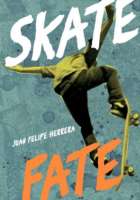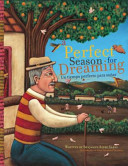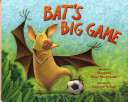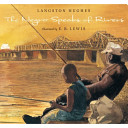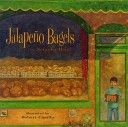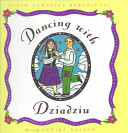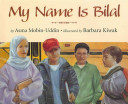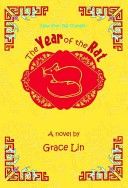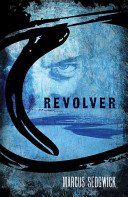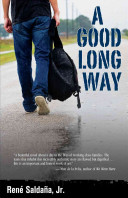
“Stop it. The two of you, stop it!” Roelito howls at his father and older brother as their heated argument turns into a shoving match. Beto has again come home way past curfew, smelling like a cantina.When Beto Sr. tells his son that he either needs to follow the rules or leave, the boyza senior in high schoolzdecides to leave, right then, in the middle of the night. Once he has walked away, though, he realizes he has nowhere to go. Maybe his best friend Jessy can help.The story of Betozs decision to run away and drop out of school is told from shifting perspectives in which the conflicted lives of Roel, Beto, and Jessy are revealed in short scenes that reflect teen-age life along the Texas-Mexico border. Each one has a good long way to go in growing up. Roel fights the teachersz assumptions that hezs like Beto. Unlike his brother, Roel actually enjoys school. Jessy is smart too, but most of her teachers canzt see beyond her tough-girl façade. Her parents are so busy fighting with each other that they donzt notice her, even if shezs packing a suitcase to leave. And Beto z somewhere along the way he quit caring about school. And his teachers have noticed and given up too.René Saldana, Jr. once again writes a fast-paced, thought-provoking novel that will engage young adults in questions about their own lives and responsibilities to family, friends, and most of all, to themselves.
